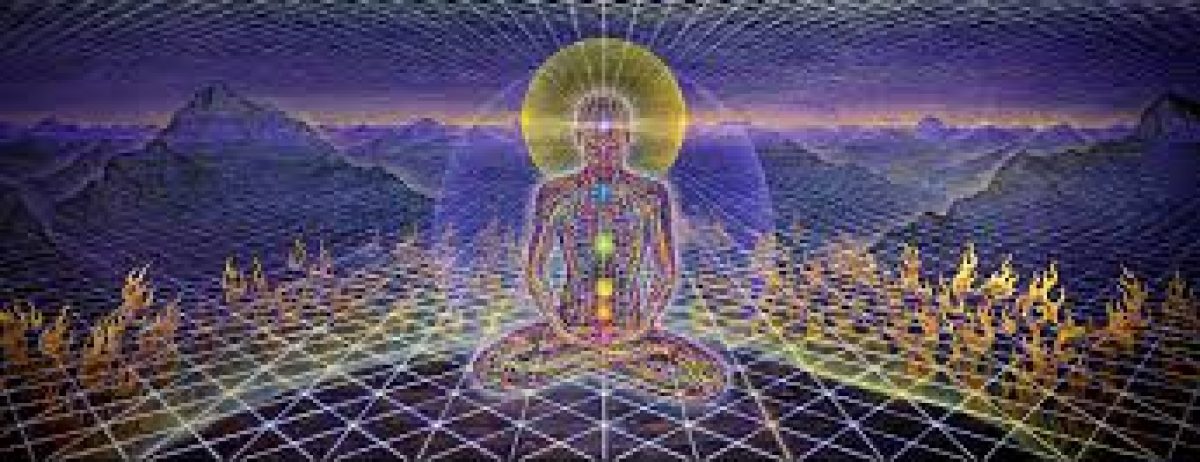Blog Prompt 22: Anguish and Despair in existentialism
According to Sartre’s meaning of anguish, “when a man commits himself to anything, fully realizing that he is not only choosing what he will be, but is thereby at the same time a legislator deciding for the whole of mankind- in such a moment a man cannot escape from the responsibility of complete and profound responsibility” (Sartre, 4). This statement best describes Sartre’s intended definition of anguish. He explains that man is fully responsible for his actions and cannot escape from the responsibility of those actions that he has chose. He gives an example of the story of Abraham from the Christian bible. In the biblical story of Abraham, an angel appears before Abraham and commands Abraham to sacrifice his son. The angel insists that the sacrifice of Abraham’s son is of God’s will. Sartre explains that “but anyone in such a case would wonder, first, whether it indeed was an angel and secondly, whether I am really Abraham. Where are the proofs?…. If an angel appears to me, where is the proof that it is an angel? or if I hear voices, who can prove that they proceed from heaven and not from hell, or from my own subconscious or some pathological condition? Who can prove that they are really addressed to me?” (Sartre, 4) This statement depicts the conditions upon which Sartre formulated his concept of anguish. Any individual who commits himself or herself to any action should accept full responsibility for one’s actions and man is condemned to be free of personal choice. A personal example that fits Sartre’s concept of anguish is when a child comes into the world, all of the beliefs and perceptions are passed down and taught to us by our parents. Therefore, later in life when we begin to make our own decisions, we are most likely making choices based off of what our parents would want, or based off of there perceptions or limitations. Do we then have free will? Or are we simply conforming to what our parents and others expect of us?
When it comes to the concept of despair, Sartre explains that “the meaning of this expression is extremely simple. It merely means that we limit ourselves to a reliance upon that which is within our wills, or within the sum of our probabilities which render our actions feasible. Whenever one wills anything, there are always these elements of probability” (Sartre,6). Though the limitations that an individual places on himself or herself, they are acting in self -deception by confining their own despair and placing limitations on one’s actions. This signifies that one can realize that man is truly human (humanism) through the liberation of limitations imposed on personal choice. Sartre depicts the concept of Existentialism as optimistic and states that “what man needs is to find himself again and to understand that nothing can save him from himself, not even a valid proof of the existence of God. In this sense, existentialism is optimistic. It is a doctrine of action, and it is only by self-deception, by confining their own despair with ours that Christians can describe us as without hope” (Sartre, 12).
(word count total: 534 words)
